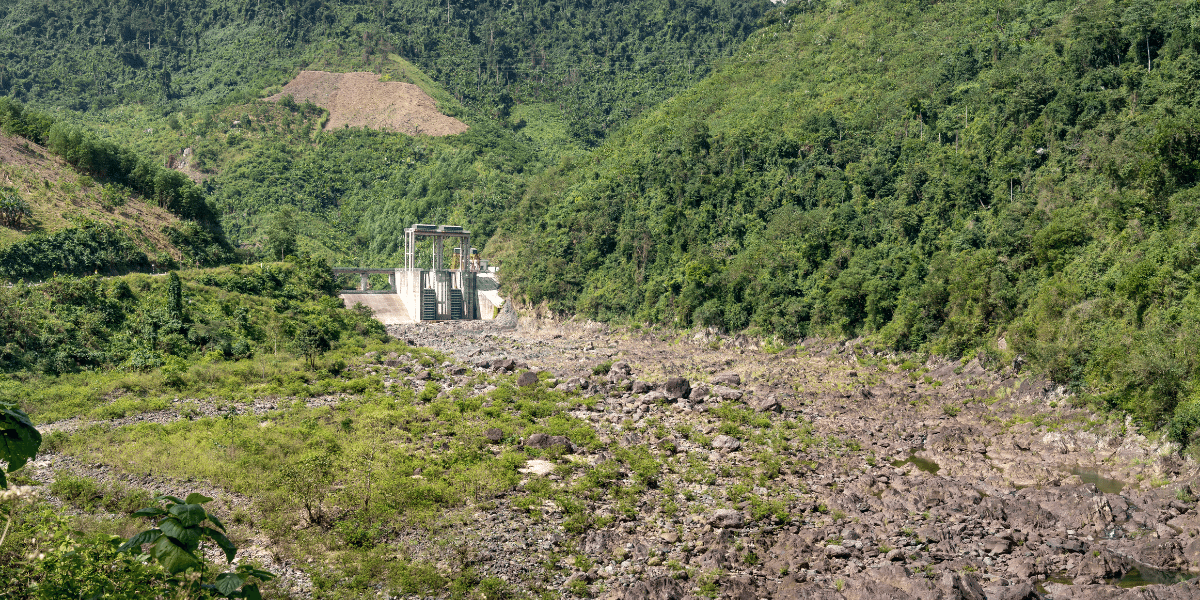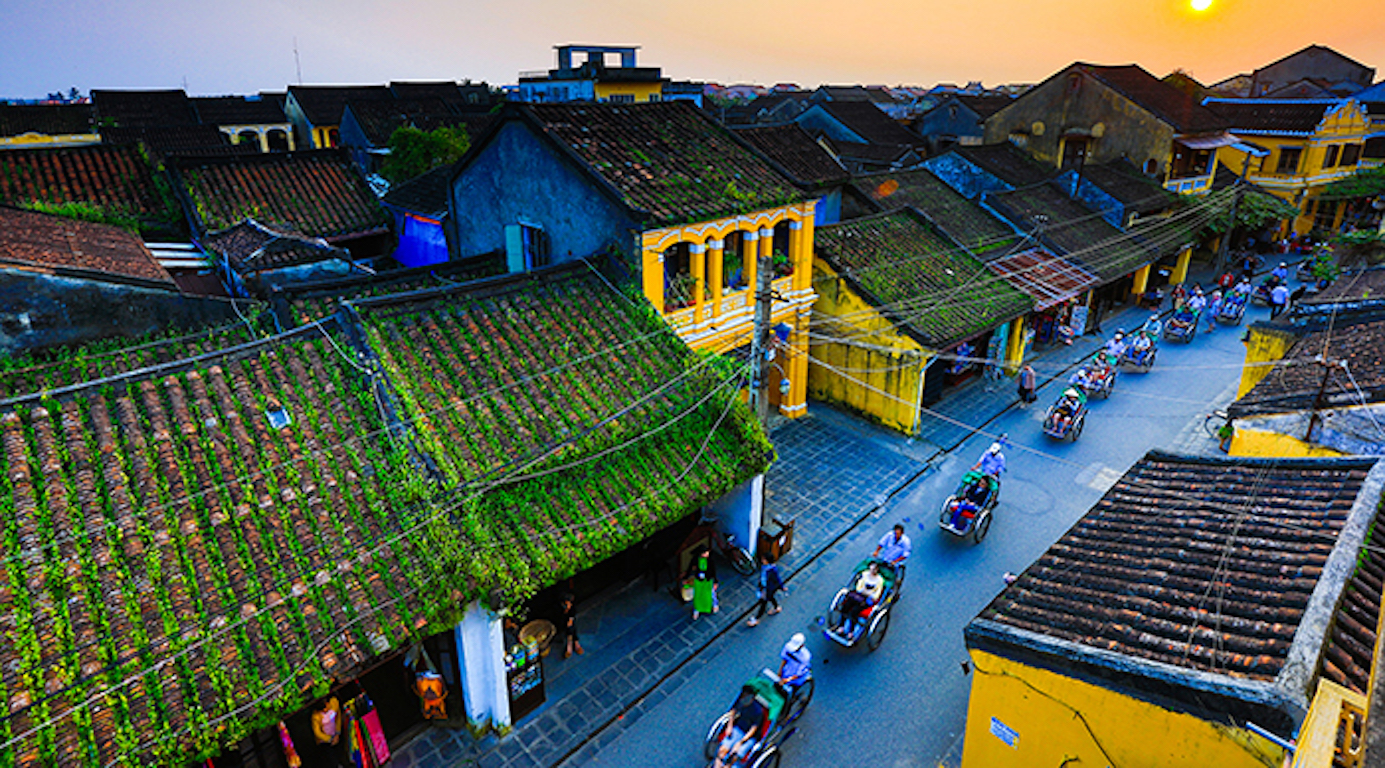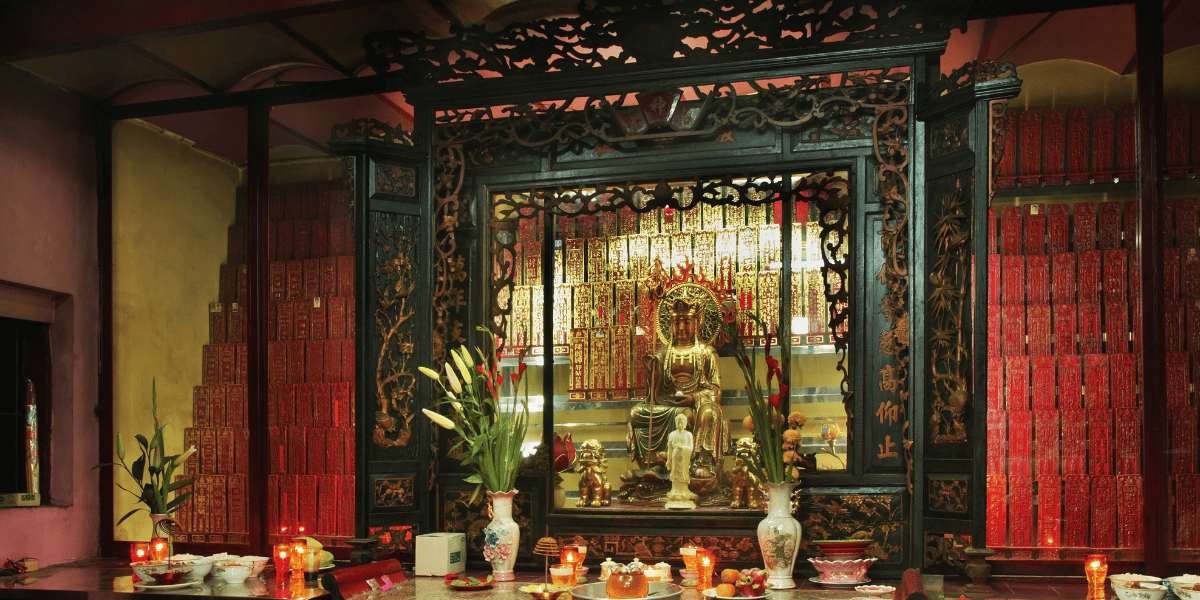The Cu Chi Tunnels: Vietnam’s Underground Battleground
Last Updated on 22 August, 2024 by admin
The Cu Chi Tunnels are a remarkable and historically significant site located in the Cu Chi district, northwest of Ho Chi Minh City. This vast network of underground tunnels played a crucial role during the Vietnam War, serving as a strategic base for the Viet Cong. These tunnels, stretching over 250 kilometres, were used as hiding spots, communication and supply routes, hospitals, and living quarters for guerilla fighters. The tunnels are a powerful symbol of Vietnamese resilience and determination, reflecting the ingenuity and endurance of the people who used them to withstand the challenges of war. Today, the Cu Chi Tunnels stand as a poignant reminder of Vietnam’s struggle for independence and a testament to the tenacity of its people.
History and Construction
The origins of the Cu Chi Tunnels date back to the late 1940s during the First Indochina War, when the local Vietnamese resistance began digging underground passages to combat French colonial forces. These early tunnels were relatively simple but provided a foundation for what would later become an extensive and sophisticated network during the Vietnam War (1955-1975). As the conflict with the United States intensified, the Viet Cong, with the invaluable help of local villagers, expanded these tunnels into a vast and intricate system stretching over hundreds of kilometers. The construction and maintenance of these tunnels were carried out under extremely challenging conditions, showcasing the remarkable determination and resourcefulness of the Vietnamese people.

The tunnel system at Cu Chi is an engineering marvel, comprising multiple levels that connect various districts across the region. The tunnels were meticulously designed with hidden entrances, booby traps, and sophisticated ventilation systems to prevent detection by enemy forces. These features made the tunnels not only difficult to discover but also dangerous for those attempting to infiltrate them. Within this underground labyrinth, the Viet Cong established fully functional facilities, including kitchens with smoke-dispersing chimneys, hospitals for treating wounded soldiers, and meeting rooms where military strategies were devised.
During my visit to the Cu Chi Tunnels, I was struck by the complexity and scale of the tunnel system. Crawling through the narrow, dimly lit passages, I could only imagine the harsh conditions that the guerilla fighters endured while living underground for extended periods. The experience gave me a profound appreciation for the resilience of the people who used these tunnels as their lifeline during the war. Seeing the clever design of the hidden entrances and the remnants of booby traps up close highlighted the ingenuity that went into making the tunnels a formidable obstacle for enemy forces. It was a humbling experience that brought to life the incredible courage and resourcefulness of those who fought for their country in such challenging circumstances.
Life in the Tunnels
Life in the Cu Chi Tunnels was marked by extreme challenges and relentless hardships for the Viet Cong fighters who lived and operated within this underground network. The constant threat of enemy attacks and bombings meant that the tunnels were not just a refuge but also a target. The fighters had to endure the terrifying sounds of bombs exploding overhead, knowing that a direct hit could collapse the tunnels and bury them alive. Food and supplies were severely limited, forcing the tunnel dwellers to ration what little they had, often surviving on rice, cassava, and whatever they could forage from the surrounding jungle. The living conditions were harsh, with poor air quality and high humidity contributing to the spread of diseases. Malaria, dysentery, and other illnesses were rampant, adding to the daily struggle for survival.
Despite these challenges, the resourcefulness and ingenuity of the Viet Cong fighters were remarkable. They adapted to the underground environment with innovative techniques for survival and combat. Kitchens were equipped with smokeless stoves to prevent detection, and air vents were cleverly disguised as termite mounds to maintain a supply of fresh air. The tunnel system itself was designed with multiple levels and escape routes to outwit enemy forces. Even in such dire circumstances, the tunnel dwellers maintained a strong sense of community and resilience, supporting each other through the darkest times.

When I visited the Cu Chi Tunnels, I was deeply moved by the stories of the people who lived there. Walking through the cramped, stifling passages, I could barely imagine what it must have been like to spend days, weeks, or even months underground. The thought of facing constant danger, scarcity of food, and the ever-present threat of disease made me appreciate the incredible strength and determination of these fighters. Seeing the ingenuity in the design of the tunnels and the small, functional spaces where people ate, slept, and planned their next moves, I was struck by the indomitable spirit that enabled them to survive under such conditions. It was a powerful reminder of the resilience and creativity that human beings can muster in the face of overwhelming adversity.
The Tunnels as a Tourist Destination
Today, the Cu Chi Tunnels have been preserved and restored as a significant historical site, offering visitors a unique and immersive experience into a critical aspect of Vietnam’s history. Sections of the tunnels have been carefully opened to the public, allowing people to explore this vast underground network firsthand. Preservation efforts have focused on maintaining the integrity of the tunnels while making them accessible and safe for visitors. Guided tours provide a comprehensive understanding of the tunnels’ construction, use, and historical context, often supplemented by interactive exhibits that bring the history to life.
During these tours, visitors have the opportunity to crawl through sections of the narrow tunnels, giving them a sense of the claustrophobic and challenging conditions that the Viet Cong endured. This experience is often eye-opening, as it vividly illustrates the physical demands and resilience required to navigate and live within these confined spaces. Additionally, the site includes demonstrations of the booby traps and survival techniques employed by the Viet Cong, offering further insight into their resourcefulness and tactical ingenuity.
As visitors make their way through the site, they can witness the living conditions that the tunnel dwellers experienced, including the cramped quarters, rudimentary kitchens, and hidden entrances. The tour also provides educational elements, helping visitors to understand the broader historical significance of the Cu Chi Tunnels and their role in the Vietnam War. The chance to explore these tunnels and learn about their history offers a profound and moving connection to the past, allowing visitors to appreciate the incredible determination and ingenuity of those who fought under such challenging circumstances.
When I visited the Cu Chi Tunnels, the experience of crawling through the tunnels left a lasting impression on me. The sheer narrowness of the passages, combined with the knowledge that people lived and fought in these conditions, was both humbling and awe-inspiring. The demonstrations of the booby traps and survival techniques were equally striking, highlighting the ingenuity that enabled the Viet Cong to survive and continue their resistance. The entire visit was a powerful reminder of the complexities of war and the human spirit’s capacity for endurance in the face of overwhelming adversity.
Impact and Legacy
The Cu Chi Tunnels hold immense military significance as a critical component of the Viet Cong’s guerilla warfare tactics during the Vietnam War. These tunnels were instrumental in the Viet Cong’s ability to launch surprise attacks, evade capture, and maintain supply lines in the face of overwhelming American military power. The complexity and effectiveness of the tunnel system not only frustrated but also demoralized American troops, who struggled to combat an enemy that seemed to vanish into the earth itself. The tunnels allowed the Viet Cong to move undetected, launch ambushes, and then disappear into the labyrinthine network, turning the dense jungles of southern Vietnam into a formidable battleground.
Beyond their military role, the Cu Chi Tunnels have become a powerful symbol of Vietnamese resistance and national pride. They stand as a testament to the courage, ingenuity, and determination of the Vietnamese people, who fought against incredible odds to protect their homeland. The tunnels represent the resilience of a nation that, despite its size and resources, was able to withstand and ultimately prevail in a prolonged and devastating conflict.
The legacy of the Cu Chi Tunnels extends beyond their military achievements, serving as a poignant reminder of the human cost of war. The tunnels bear witness to the lives lost, the sacrifices made, and the enduring hardships faced by both combatants and civilians during the war. They evoke a deep sense of respect for those who lived, fought, and died in the struggle for Vietnam’s independence. As such, the Cu Chi Tunnels are not just a historical site, but a place of reflection on the broader impacts of war and the enduring spirit of those who resist oppression.
When I visited the Cu Chi Tunnels, the weight of their historical significance was palpable. Standing in the midst of this vast underground network, I was struck by the sheer determination it must have taken to build and maintain these tunnels under constant threat. The stories of how the tunnels were used, and the toll it took on those who lived in them, left me with a profound appreciation for the sacrifices made during the war. The Cu Chi Tunnels are a powerful reminder of the human capacity for resilience and the devastating costs of conflict, and they continue to inspire respect and reflection in all who visit.
Conclusion
The Cu Chi Tunnels stand as a remarkable testament to the historical and cultural significance of the Vietnam War, representing both the strategic ingenuity and the unyielding spirit of the Vietnamese people. This intricate network of underground passages played a pivotal role in the Viet Cong’s resistance, showcasing their ability to adapt and survive under the most challenging conditions. Today, the tunnels are more than just a relic of war; they are a symbol of national resilience, a reminder of the sacrifices made, and a powerful narrative of the struggle for independence.
For those seeking to understand the complexities of the Vietnam War and the endurance of the human spirit, visiting the Cu Chi Tunnels offers an unparalleled experience. Walking through these narrow, dimly lit passages provides a visceral connection to the past, allowing visitors to glimpse the harsh realities faced by those who lived and fought within these confined spaces. It’s an opportunity to learn about the tactical brilliance of the Viet Cong and to pay homage to the bravery and sacrifices of those who endured unimaginable hardships in the pursuit of freedom.
As you prepare to visit the Cu Chi Tunnels, I would advise taking the time to reflect on the human stories behind the history. Approach the site with respect and an open mind, ready to engage with the guides and exhibits that bring this period to life. Wear comfortable clothing suitable for crawling through the tunnels, and be prepared for an emotionally impactful experience. By exploring the Cu Chi Tunnels, you not only gain a deeper understanding of the Vietnam War but also honour the resilience and courage of those who fought for their homeland under extraordinary circumstances.




